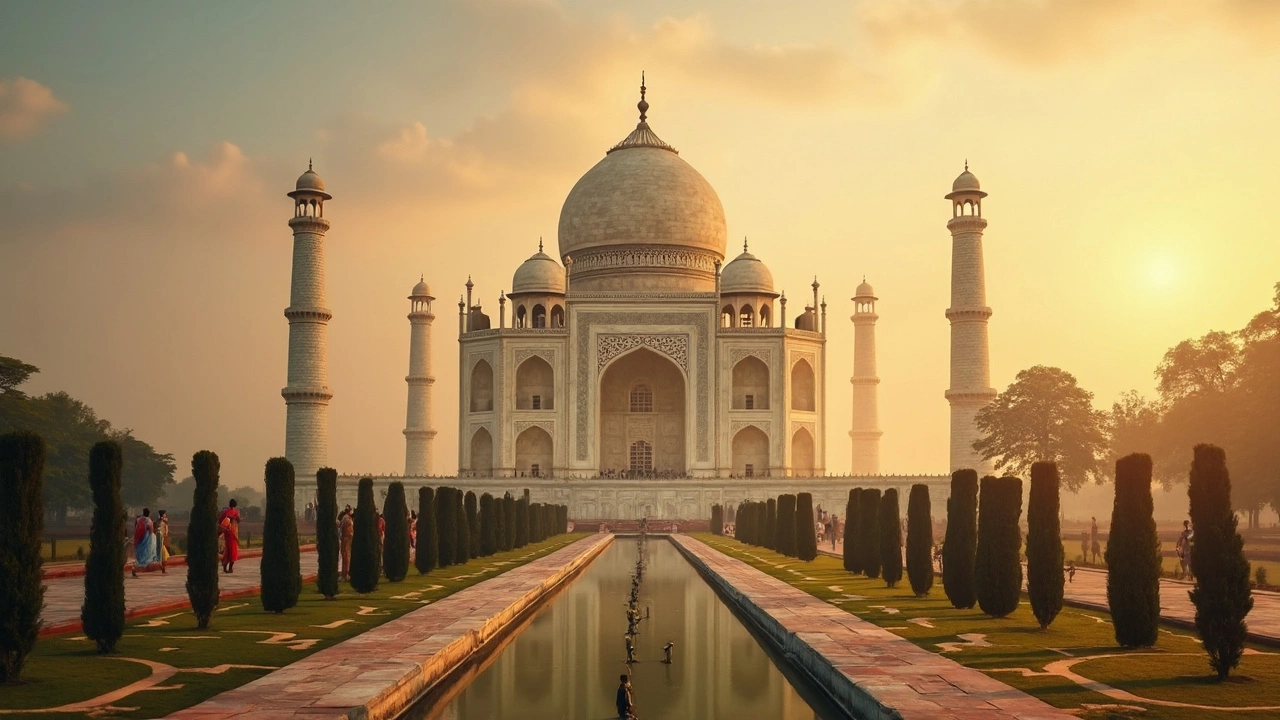National Monument: What They Are, Why They Matter, and Which Ones Define India
A national monument, a site officially recognized by a government for its historical, cultural, or symbolic importance to a nation. Also known as a cultural landmark, it’s not just a building or statue—it’s a public promise to remember who we were and who we’re becoming. In India, these places aren’t just tourist spots. They’re where history breathes: the Red Fort in Delhi, where the prime minister speaks on Independence Day; the Taj Mahal, built not as power but as love; the Gateway of India in Mumbai, once the arrival point for colonial rulers and now for millions of visitors. These aren’t random structures. They’re chosen because they carry meaning—sometimes joy, often pain, always memory.
But what makes a monument national? It’s not just age or size. It’s how deeply it’s woven into the identity of a people. The UNESCO World Heritage Sites, locations designated by the United Nations for their outstanding universal value like Mahabalipuram’s shore temples in Tamil Nadu, are part of this. They’re protected not just because they’re old, but because they show how ancient Tamil artisans shaped spirituality into stone. These aren’t just temples—they’re living archives of language, ritual, and art that still influence how Tamils celebrate Diwali, perform Karakattam, or honor their ancestors. And while some monuments are grand, others are quiet: a simple stone pillar marking a freedom fighter’s last stand, or a well where villagers still leave offerings, untouched by time. National monuments include both the famous and the forgotten.
India’s list of national monuments isn’t fixed. It changes as society changes. What we choose to protect says what we value today. That’s why you’ll find posts here about how Diwali is celebrated near ancient sites in Tamil Nadu, how Carnatic music echoes in temple courtyards that are now protected monuments, and how folk dances like Theru Koothu are performed on grounds once used for royal ceremonies. These aren’t separate stories. They’re all connected to the same idea: that places hold memory, and memory shapes culture. Whether you’re curious about why blue gods are painted on temple walls or how Tamil Nadu’s heritage sites compare to global icons like the Taj Mahal, this collection gives you the real context—not just facts, but meaning. Below, you’ll find real stories from real places, told plainly, without fluff, so you understand not just what these monuments are, but why they still matter to people today.
